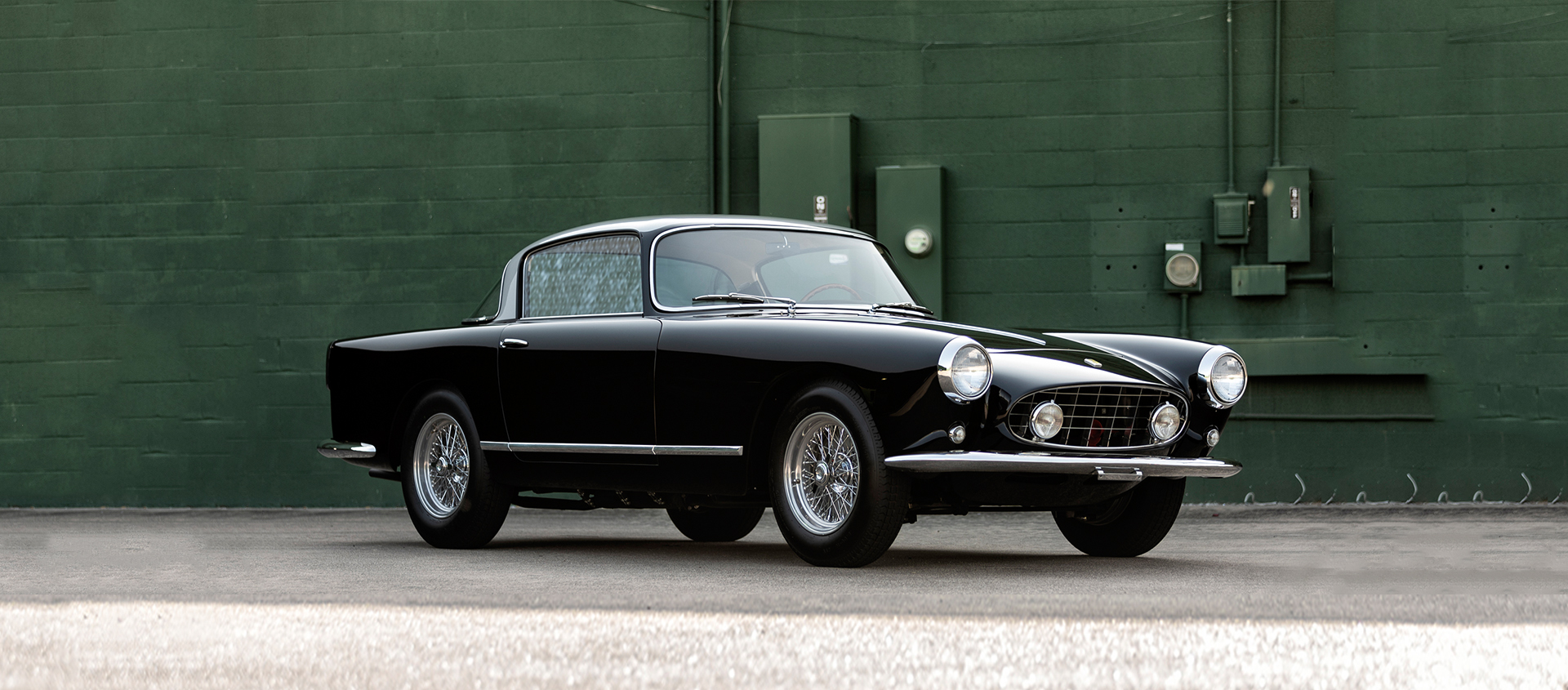Online auctions grow
03 June 2020 2 min read 7 images

$671,000. This is the most important figure of the entire RM auction that took in over $16.1 million called “Driving into the Summer” organized online from 21st to 28th May.
Register to unlock this article
Signing up is free and gives you access to hundreds of articles and additional benefits. See what’s included in your free membership. See what's included in your free membership.
Already have an account? Log In